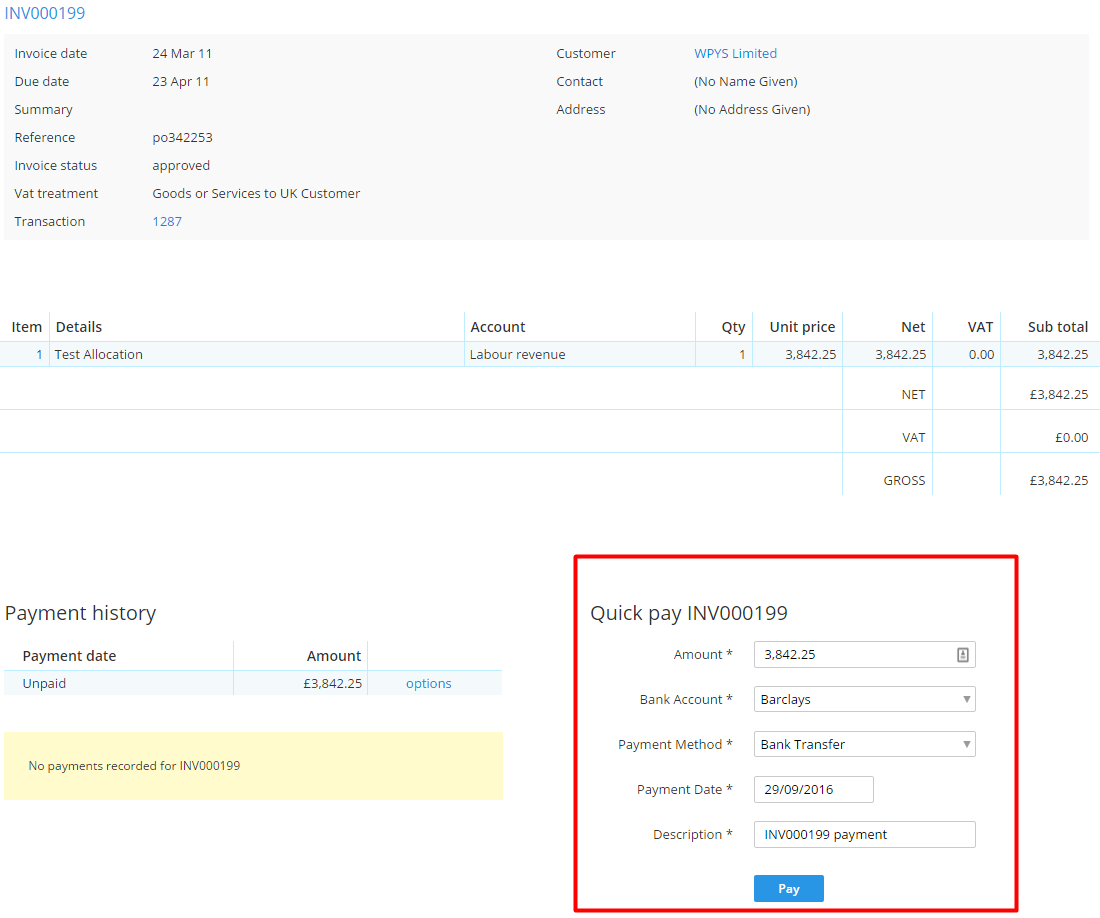

Set up a consistent accounts payable system for tracking all the invoices you receive by due date. Organize Invoices According to a Payment Schedule If, for example, your business credit card allows you to collect cash back or travel rewards every time you use it, it might be the best option for your invoice payments, as long as you make sure to always pay off your credit card bill when payment is due. Check the total cost: Check the total amount owing on the invoice to make sure it aligns with what you discussed with the vendor.Ĭheck what payment methods the supplier accepts and choose the payment method that’s smartest and most convenient for your small business.If it doesn’t, follow up with the company to discuss the discrepancy. Review the goods or services provided: Read over the itemized list of the products or services you purchased and make sure it aligns with what you actually received.Check the invoice due date: Note the invoice due date so you can make sure you don’t miss the deadline.When an invoice comes into your business, review it for the following: It’s best to establish a consistent practice of reviewing invoices as soon as you receive them from your vendors, so they don’t get misplaced and so the details of the purchase are fresh in your mind. What Is a Bill Payment? Tips for Making Invoice Payments on Time Review Invoices When You Receive Them These topics give actionable tips on making invoice payments promptly: Companies should ensure they pay their invoices on time to avoid late payment fees and to maintain strong relationships with their vendors.

Every small business should have a consistent invoice payment system that keeps them organized and simplifies their small business accounting process. Small businesses don’t just need to send invoices to their clients, they also have to pay invoices for the services and supplies they buy to run their operations. An invoice payment is submitted by a business to pay for products and services purchased from vendors.


 0 kommentar(er)
0 kommentar(er)
